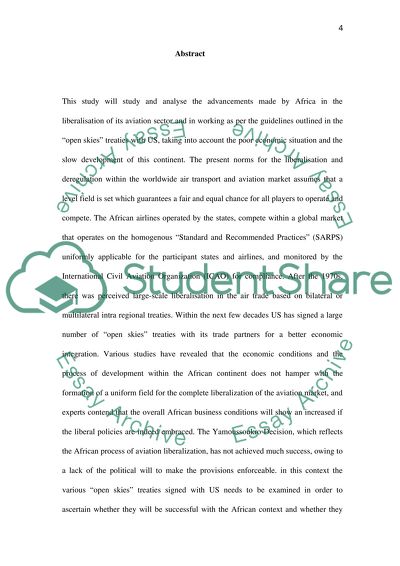Cite this document
(“Evaluate the fairness of the regime of 'commercial opportunities' and Essay”, n.d.)
Retrieved from https://studentshare.org/environmental-studies/1413553-evaluate-the-fairness-of-the-regime-of
Retrieved from https://studentshare.org/environmental-studies/1413553-evaluate-the-fairness-of-the-regime-of
(Evaluate the Fairness of the Regime of 'commercial opportunities' And Essay)
https://studentshare.org/environmental-studies/1413553-evaluate-the-fairness-of-the-regime-of.
https://studentshare.org/environmental-studies/1413553-evaluate-the-fairness-of-the-regime-of.
“Evaluate the Fairness of the Regime of 'commercial opportunities' And Essay”, n.d. https://studentshare.org/environmental-studies/1413553-evaluate-the-fairness-of-the-regime-of.


